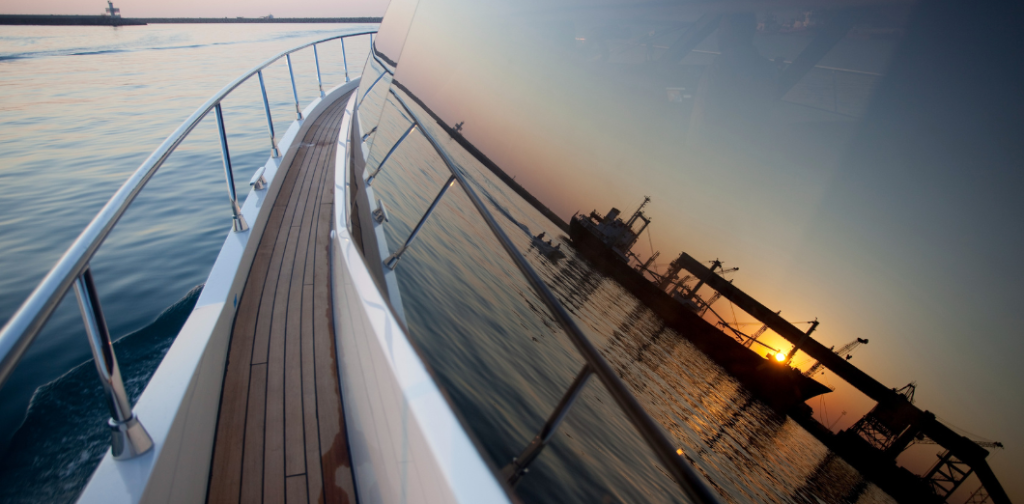Acrylic vs. Glass
When your design demands visibility, strength, and performance, one question inevitably rises to the surface: Is acrylic really as clear as glass? For architects and industrial buyers sourcing materials for everything from signage and windshields to museum cases and arena barriers, this isn’t just a matter of optics; it’s a matter of durability, longevity, and real-world functionality.
Piedmont Plastics offers a portfolio of transparent materials, including extruded and cast acrylic, marine-grade options, and specialty sheets. But how does acrylic truly compare to glass in terms of clarity, strength, and UV protection? Let’s break it down.


An Expert is just around the corner.
With over 100 years of combined product knowledge and industry experience, we are confident our plastics experts can help you find a solution for your application.
Seeing Eye to Eye
Acrylic is often perceived as a secondary option to glass regarding visual clarity, but that perception doesn’t hold up under scrutiny. In fact, high-quality acrylic sheets transmit up to 92% of visible light, slightly more than traditional glass, which averages between 80% and 90%. Unlike lower-grade float glass, which can carry a subtle greenish tint due to its iron content, acrylic stays color-neutral and crystal clear.
Even in thick applications, like aquariums or large protective windows, acrylic maintains clarity without distortion. Architects working on panoramic features or structural installations often prefer cast acrylic because it stays optically consistent, even when produced in massive dimensions.
And when damage does occur, that’s another place where acrylic shines literally. While glass scratches are permanent, many acrylic surfaces can be polished back to a like-new finish. So not only does it start clearer, but it can often stay that way longer.
Strength Where It Counts
When safety, durability, and ease of installation matter, acrylic has a clear edge over traditional glass. Its ability to withstand impact without shattering makes it an ideal solution in high-risk or high-traffic environments.
Unlike glass, which can break into sharp, hazardous shards, acrylic bends under pressure, offering strength without the danger. Thanks to its lightweight nature, it simplifies everything from transport to framing.
Here’s why acrylic outperforms glass in structural strength:
- Impact Resistance: Up to 17 times more impact resistant than standard glass.
- Shatter Safety: Cracks under pressure instead of breaking into sharp fragments.
- Marine-Ready: Ideal for boats, windshields, and enclosures that face constant stress.
- Lightweight Advantage: Weighs about half as much as glass, easing structural loads and installation.
- Design Flexibility: Easier to shape, support, and frame, especially in curved or elevated designs.
A Scratch in the Plan?
Of course, no material is perfect. Acrylic’s one drawback compared to glass lies in its hardness or lack thereof. It’s more prone to surface scratching than standard glass. But there’s a catch: many of today’s specialty acrylics come with hard coatings that dramatically increase scratch resistance, rivaling even treated glass. And in cases where those coatings aren’t used, minor surface blemishes can usually be buffed out.
This makes scratch management a design decision. Opting for abrasion-resistant acrylic sheets is a smart preventative step in high-traffic zones or environments that involve frequent cleaning.
Ultimate UV Defense
Regarding UV resistance, acrylic doesn't just keep up: it often outperforms. While standard glass can block some UVB rays, it allows significant UVA radiation to pass through. That’s a problem because sunlight can damage furniture, artwork, or sensitive electronics.
Acrylic, particularly UV-filtering grades like OP3 or museum-quality sheets, can block up to 99% of harmful UV rays. It doesn’t require added films or laminates to offer sun protection; it’s engineered into the material itself. For outdoor signage, architectural panels, or marine installations, UV-stable acrylic holds up over time without yellowing or degrading.
Even after a decade of full sun exposure, many UV-rated acrylic products retain over 90% of their original light transmission. This is the kind of weather that architects appreciate when durability is non-negotiable and aesthetics can’t be compromised.
Marine, Mirror, and More
Acrylic’s true power lies in its range. At Piedmont Plastics, we supply more than just clear sheets; we offer engineered solutions designed to perform in specific environments, withstand tough conditions, and meet exacting design standards. Whether you're building for the ocean, a storefront, or a studio, there's a specialty acrylic that fits the job.
Check out some of our most in-demand acrylic options:
Cast Acrylic: Delivers premium clarity and stiffness for large-scale glazing and architectural features.
Extruded Acrylic: Cost-effective, consistent in thickness, and ideal for signage, displays, and thermoforming.
Marine-Grade Acrylic: Designed for saltwater exposure and UV resistance, making it perfect for boats, hatches, and marine enclosures.
Acrylic Mirror Sheets: Lightweight, shatter-resistant, and safer than glass in gyms, dance studios, and retail spaces.
Specialty Acrylics: Available with anti-glare, abrasion-resistant, UV-blocking, or tinted finishes for demanding environments.
What About Polycarbonate?
Polycarbonate is often mentioned in the same conversation. It’s tougher and over 200 times more impact-resistant than glass, but it sacrifices a bit of clarity and scratch resistance. It's also more expensive and tends to yellow without a UV-stable coating.
That’s why acrylic is still the go-to for many architects: it strikes the right balance between performance, aesthetics, and cost.
Real-World Results
From high-visibility safety shields in ice hockey arenas to curved motorcycle windshields, acrylic proves its worth across industries. It allows designers to innovate without being boxed in by brittle, heavy glass limitations. And in retail signage, backlit displays, and museum exhibits, acrylic delivers vibrant color and optical clarity with minimal maintenance.
Acrylic is not just a glass substitute; it’s a performance material in its own right. Whether you're specifying materials for your next architectural installation, product design, or commercial retrofit, don’t overlook the strength and sophistication of modern acrylic.
Get the Clear Advantage
Our acrylic materials are in stock, customizable, and ready to meet the demands of your next project. Get in touch with us today to start your order!
Request A Quote

